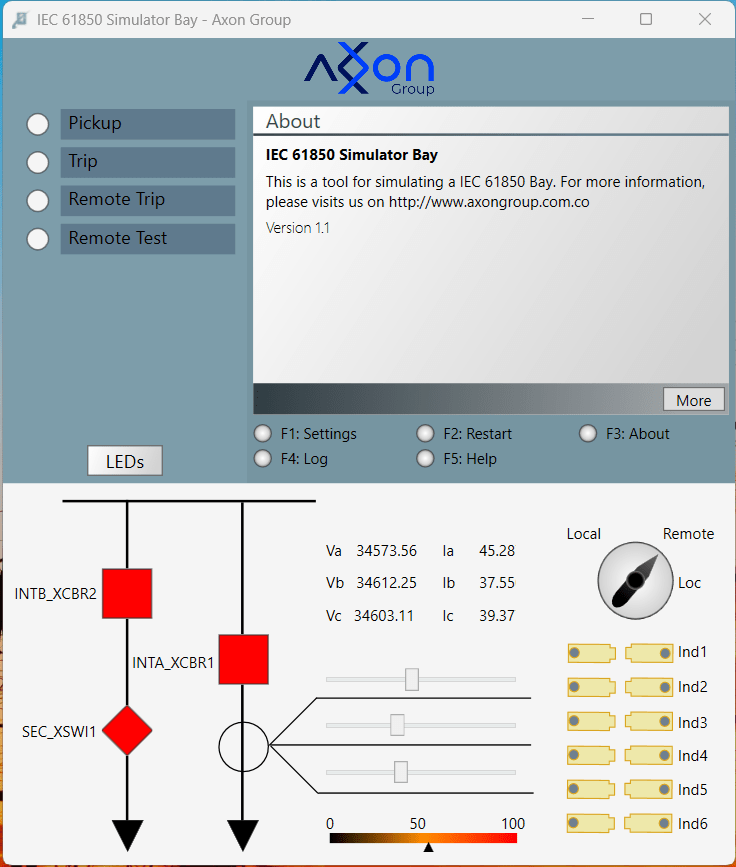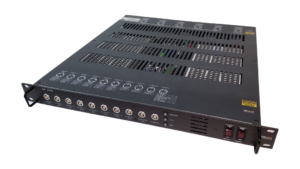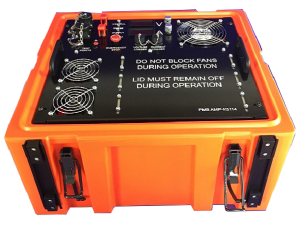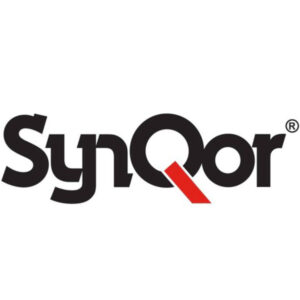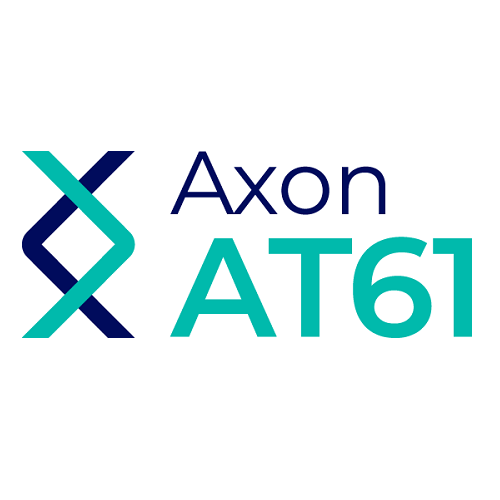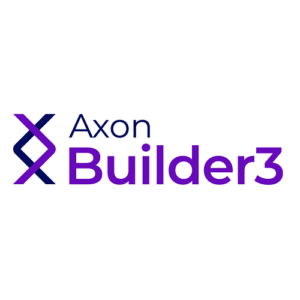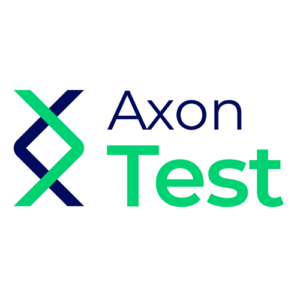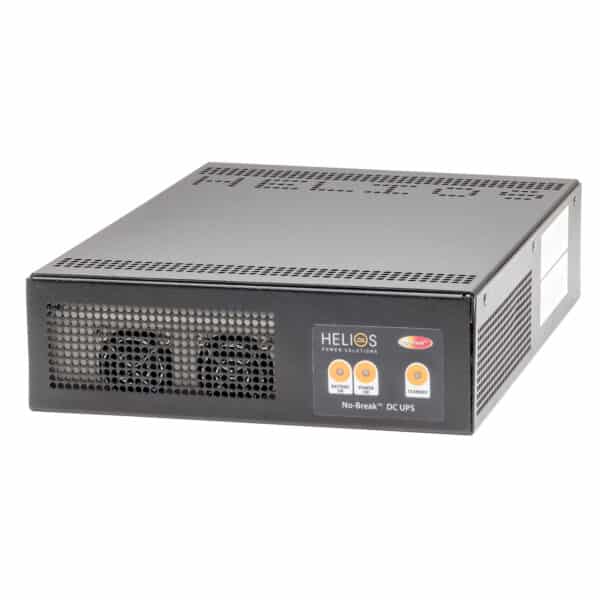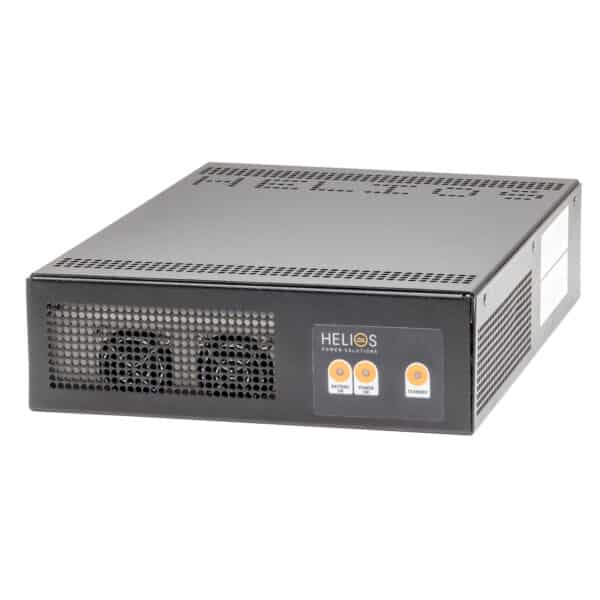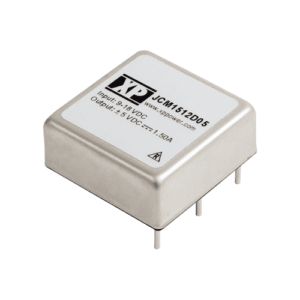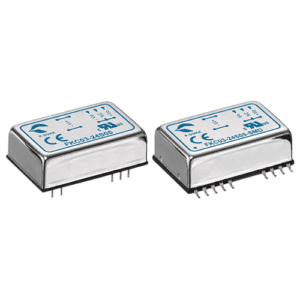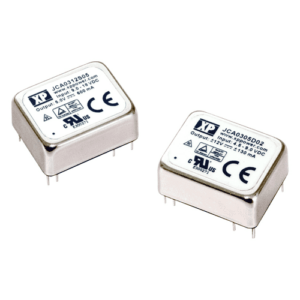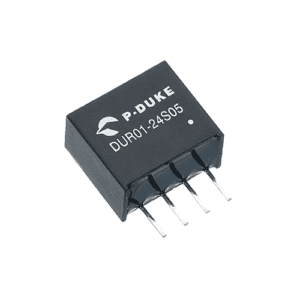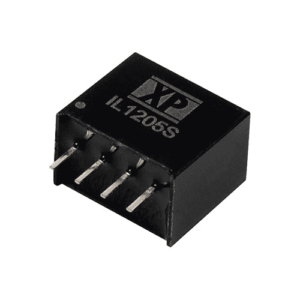Description
Axon AT61
Communications test simulator of the IEC 61850 standard
A set of tools with support for connections under MMS and GOOSE protocols, in client and server modes. It facilitates the commissioning of substations allowing an intuitive diagnosis of the communication states and data models configured under the standard.

It supports multiple simultaneous connections with IEDs in editions 1 and 2, in addition, it has the function of validating SCL files based on the schemas of those versions. Allows easy exploration of the data model by discovery or from SCD / SSD / SED / ICD / IID SCL file upload. It enables reports, command sending and management of dynamic reports, as well as auto-simulation of values. It has options for plotting and exporting data from the tests carried out and includes an interactive bay simulation tool that will allow you to graphically view and manipulate the operation of a bay integrated by IEC 61850.
Request Free Demo
Simulation & testing of communications Standard IEC 61850, including: MMS, GOOSE, and SAMPLED VALUES.
Exclusively brought to you by Helios Power Solutions
Standard Modules of Axon AT61
IEC 61850 Simulator Client
Dynamic Capability Discovery
With this feature, you can dynamically discover the capabilities of your devices and easily view the data, reports, data sets, and available setting groups.
SCL File Validation
This feature enables you to load and validate files in the SCL (Substation Configuration Description Language) format. The SCL format follows the specifications outlined in edition 1 and 2, and this validation process checks for any potential compatibility errors. Furthermore, it offers the ability to export the data model of an Intelligent Electronic Device (IED) into an SCL file that is compatible with the standard edition
Data Monitor
The Data Monitor feature provides a comprehensive display of all the data received from the Intelligent Electronic Devices (IEDs). Whether it’s through manual reading operations, polling, or reports, you can easily view and analyze the incoming data. Furthermore, this feature allows you to export the received data to a CSV file for further analysis or record-keeping purposes.
In addition to data display and export capabilities, the Data Monitor feature offers trace and override modes. By enabling these modes, you can keep a record of all changes made to the signals or view the last known state of the signals. This allows for efficient tracking and monitoring of signal changes.
To enhance analysis and troubleshooting, the Data Monitor feature also provides a reception timestamp. This timestamp serves as a reference point to verify latencies or time lags between different systems, enabling you to identify any delays or discrepancies in data transmission.
Report Control Back
The Report Control Back feature provides the capability to configure, enable, or disable Buffered and Unbuffered report control blocks. You have full control over the configuration of these report control blocks, allowing you to tailor the reporting functionality according to your specific needs.
Additionally, the feature allows you to execute General Interrogation commands. This means you can actively request and retrieve information from the devices or systems being monitored.
Model Display
AT61 features a comprehensive Model Display functionality that presents the IEC 61850 data model in a structured tree format. This intuitive display allows you to easily navigate and access the information and services provided by the device.
Using different windows within the AT61 interface, you can explore and interact with the various aspects of the data model. The tree view presents a hierarchical representation of the data model, enabling you to quickly locate specific information or services related to the device.
Dynamic Datasets
The Dynamic Datasets feature allows you to create datasets on-the-fly by simply selecting the desired signals through a user-friendly drag and drop operation. This streamlined approach to dataset creation enhances flexibility and efficiency in working with data. You have the freedom to choose and organize signals as per your requirements, enabling you to effectively analyze and manipulate the data in a way that best suits your needs.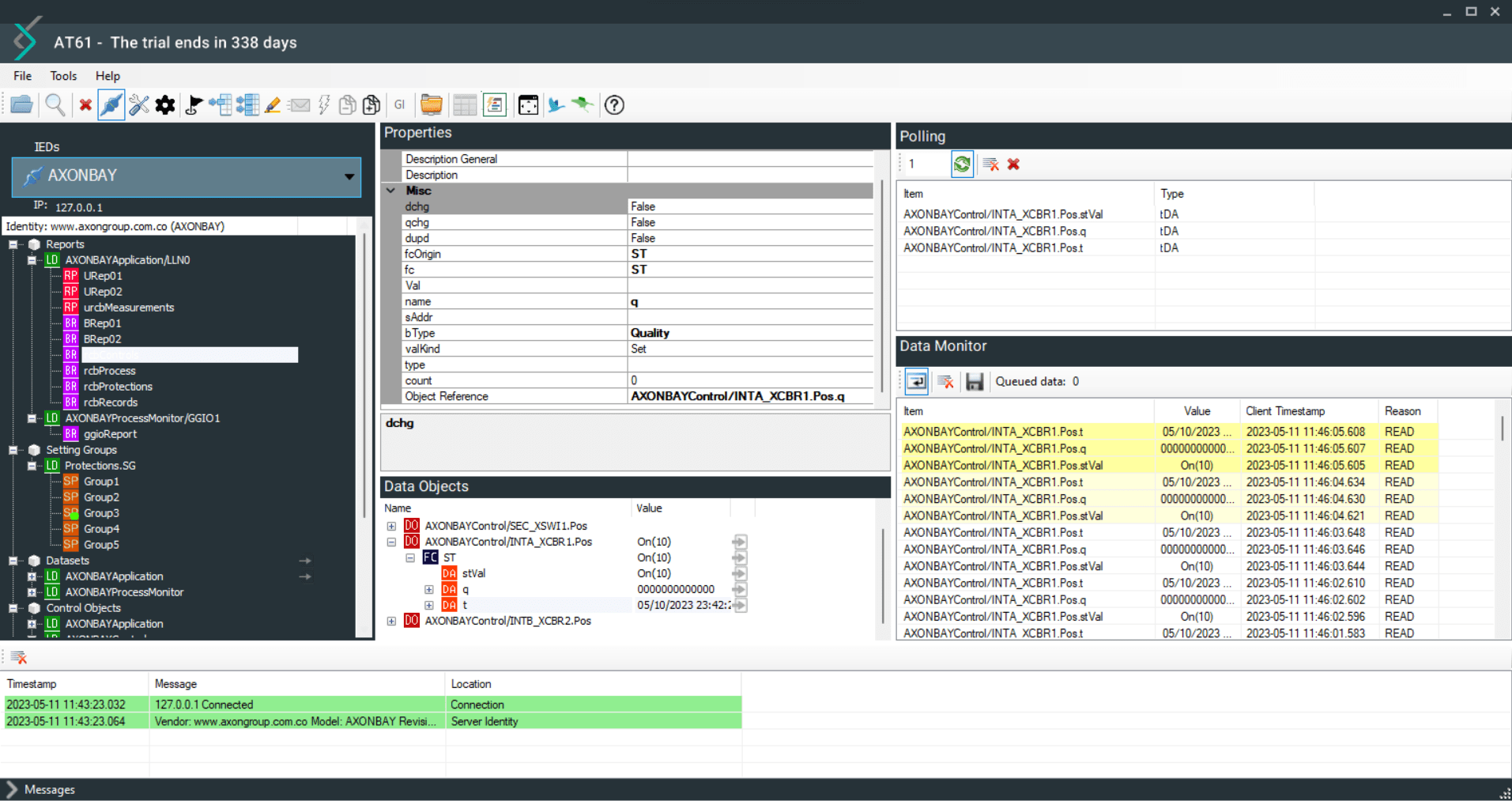
Commands
AT61 provides the capability to execute various types of commands defined in the IEC 61850 standard, including Direct-Operate, Select-Before-Operate, and commands with enhanced security options. This flexibility allows you to perform different types of commands based on your specific testing requirements.
Furthermore, AT61 allows you to configure the Originator categories (orCat) according to the needs of your test. This means you can customize and specify the originator category for each command, providing flexibility in defining the source of the command.
The control window within AT61 is designed to display the Mode control, which indicates either OPERATE or SELECT-CANCEL-OPERATE operations based on the type of command being executed. This visual representation provides clarity on the current mode of operation, making it easier to understand and track the command execution process.
IEC 61850 Server Simulator
IEDs Simulation
IEDs Simulation The IEDs Simulation feature in AT61 enables you to load files in SCL formats, including cid, icd, and scd, and automatically configure the information model for simulating one or multiple IEDs. This streamlined process eliminates the manual effort of setting up the information model, saving you time and ensuring accuracy.
In addition to configuring the information model, the IEDs Simulation feature allows you to adjust various communication configuration parameters. This includes modifying the IP address and port settings, as well as configuring IEC 61850 authentication and file transfer services. These parameters can be customized according to your specific simulation requirements.
IEC 61850 Model Display
IEC 61850 data model information including reports, setting groups and DataSets can be displayed in flat or tree format. The flat format presents the information in a straightforward and organized manner, while the tree format presents it hierarchically, allowing you to navigate through the data model’s structure. In addition, it has the ability to apply filters that will help you quickly find the attributes you want to simulate.
Commands
Automatically responds to commands with changes in back notice and time stamp.
Automatic Simulation
AT61 Server provides an automatic simulation feature that simplifies the configuration and simulation of attribute values. This feature allows you to select specific attributes and automatically simulate their values using various functions such as increments, decrements, and randomization.
You have the flexibility to define whether the simulations occur at fixed intervals or dynamic periods. This enables you to simulate attribute values based on specific time intervals or dynamically adjust the simulation frequency as needed. To further enhance usability, AT61 Server allows you to apply filters and conduct searches on the attributes you wish to simulate. These filtering and searching capabilities help you quickly identify and select the desired attributes, streamlining the simulation process.
GOOSE Publisher & Receiver
IEC 61850 Model Display
It is an IEC 61850 / GOOSE Publisher / Receiver communications simulation tool that detects the information flows that circulate through the network to establish GOOSE communication. In addition, it allows the generation of manual or automatic changes in the states of the signals.
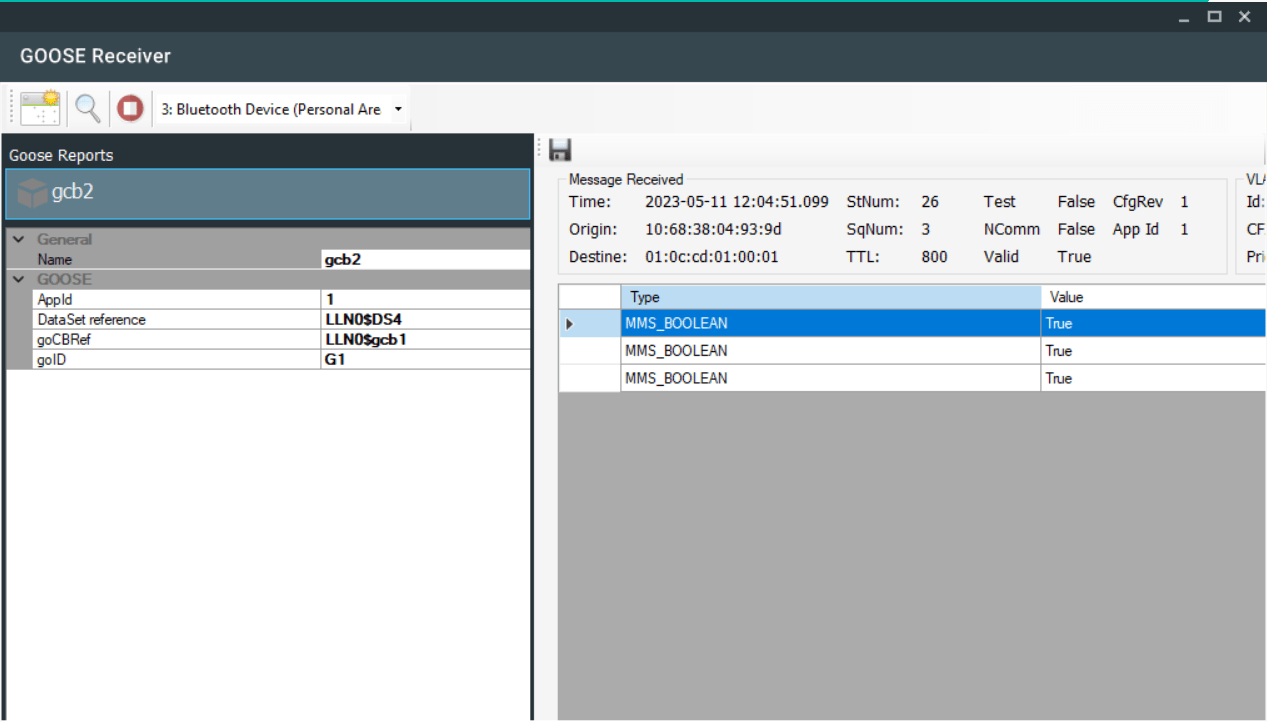
Simulator Bay
IEC 61850 Model Display
The Simulator Bay is an interactive simulation tool designed to emulate a typical bay environment, with comprehensive support for IEC 61850 / MMS communications. This tool enables you to seamlessly interact with the essential elements of a bay, including switches, disconnectors, measurements, terminal blocks, and commands.
With the Simulator Bay, you can easily manipulate and control these elements, allowing for quick and intuitive interaction. You can simulate command operations, adjust device positions, and receive visual feedback to validate the effectiveness of your commands.
Furthermore, the Simulator Bay supports both read and write operations on attributes, enabling you to retrieve and update relevant information as needed. This flexibility enhances your ability to monitor and modify the bay’s state during the simulation.
The tool also allows you to simulate measurements using an expression box. By inputting specific expressions, you can generate simulated measurements, providing a realistic representation of the bay’s dynamic behavior.
Additionally, the Simulator Bay facilitates the simulation of protection functions and alarm signal generation. This capability allows you to test and assess the effectiveness of the bay’s protection mechanisms, ensuring their proper functioning in critical scenarios.
